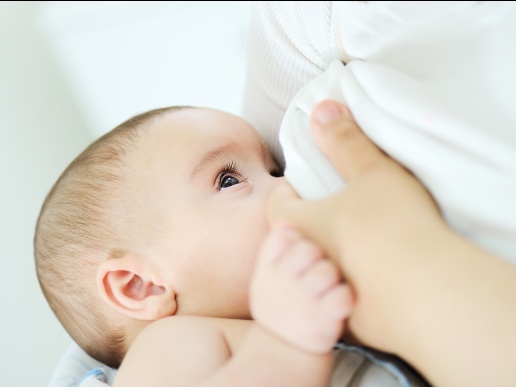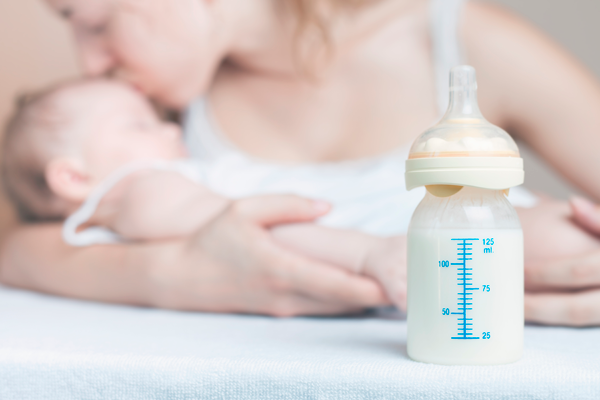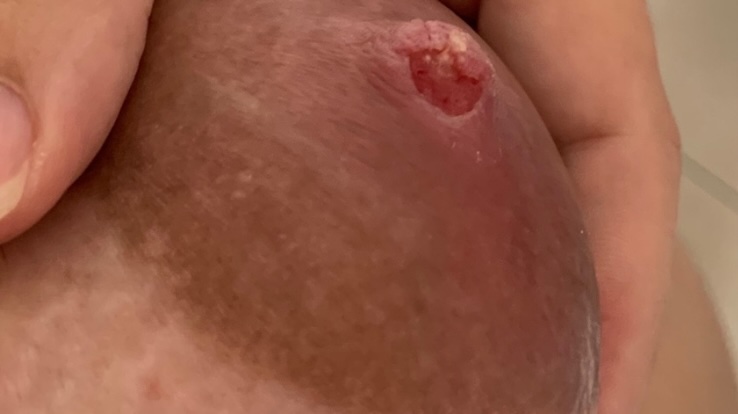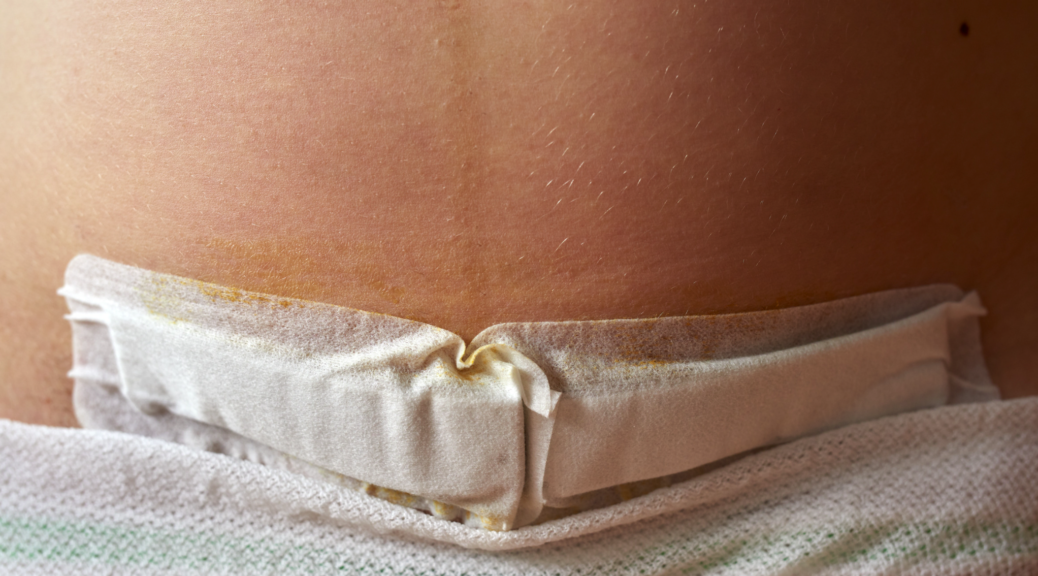7 tricks to keep your breastfeeding baby from twiddling
Does your breastfeeding baby or toddler play with your nipples when breastfeeding? At about 10 to 15 months, children improve their fine motor skills a lot, and they often start with what is called twiddling.Now, every day, they become more skilled at holding a grip with their index finger and thumb. This is undoubtedly a great advance in their fine motor skills, but it can also be an uncomfortable nuisance for breastfeeding mothers. At this point, babies begin with ‘twiddling’…









